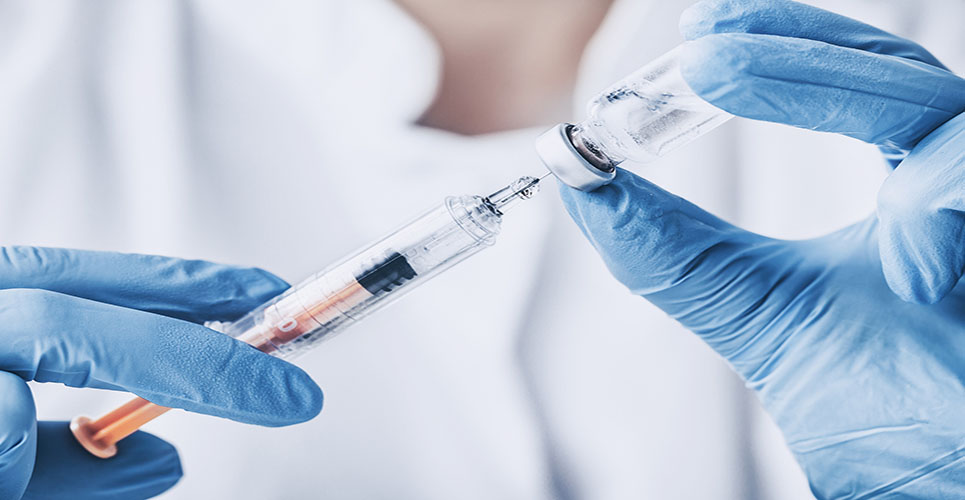Brian Edwards CBE
Professor of Healthcare Development
University of Sheffield
UK
Patients’ Associations in Europe are demanding EU action to regulate the reprocessing of medical devices designed for single use, in order, they claim, to protect the health and safety of patients and healthcare workers. They say that reuse may introduce infectious organisms into the patient’s bloodstream, due to the difficulty, and often impossibility, of cleaning single-use devices. It is simply not possible they say, “to ensure that all blood, tissue and body residues have been removed”. They believe the risk of cross-infection to be real, “as recent studies show blood residues and dirt, as well as damage and physical alterations, on samples of reprocessed catheters, guidewires and biopsy forceps taken from hospital shelves.” The final point in their argument is that the reuse of devices devised for single use requires the patient’s specific consent (which is unlikely to be granted in this case).
Although France, Italy, Germany, Portugal, Spain, Sweden and the UK have introduced regulation (including in some cases a total ban), patient groups say the practice is still widespread, and the number of reprocessing firms seems to be growing. This issue has been discussed at the Council of Ministers. The scientific evidence to support a total ban seems to be weak although this has not prevented a French Court ruling that their use was illegal. In the UK the use of single-use theatre instruments for tonsillectomy has stopped in the NHS following protests by the surgeons that they were difficult to use safely. The surgical problems were of a higher risk than the infection, and the CJD transfer risk is very small indeed. Some greater degree of consistency across Europe would help, as would an authoritative assessment of the risks involved. If they are as small as some suggest, the EU would be better placed putting its energies and resources into known risks such as smoking.
Meanwhile the health agenda in Brussels continues to expand. The European Commission wants to improve the quality of health data and achieve a higher degree of standardisation so that valid comparisons can be made between countries. It is presently difficult to compare clinical outcomes or even staffing levels related to workload, and unsurprisingly cost comparisons for comparable procedures are also difficult. The Commission is also reviewing the European Community’s ability to respond quickly to threats to the public health, and is looking again at inequalities in health, although this must remain the primary responsibility of national governments.
More challenging is their interest in European centres of excellence in the hospital sector and working through the implications of increased cross-border movement by patients. This problem of patient movement may escalate sharply if the enlargement process goes ahead as planned, with 10 new countries hoping to join the EU in 2004. It is not only patients in these countries who may wish to cross national borders; staff may also seek to move in search of better-paid jobs. Given the push in some of the richer countries to recruit from abroad, this is a real possibility. Instead of sending patients to other countries for treatment, the UK is now hoping to recruit surgeons and anaesthetists to operate in England. It would be a disaster if professional movement happened on a large scale in disciplines where numbers are already small; however, a ban would not fit comfortably with the concept of free movement. A voluntary agreement to exercise restraint might have some impact.
In the medium term, the planned new Treaty may include a wider health brief, although some countries will continue to resist an expansion of European control in this field. The prospect of a common health system remains remote.

